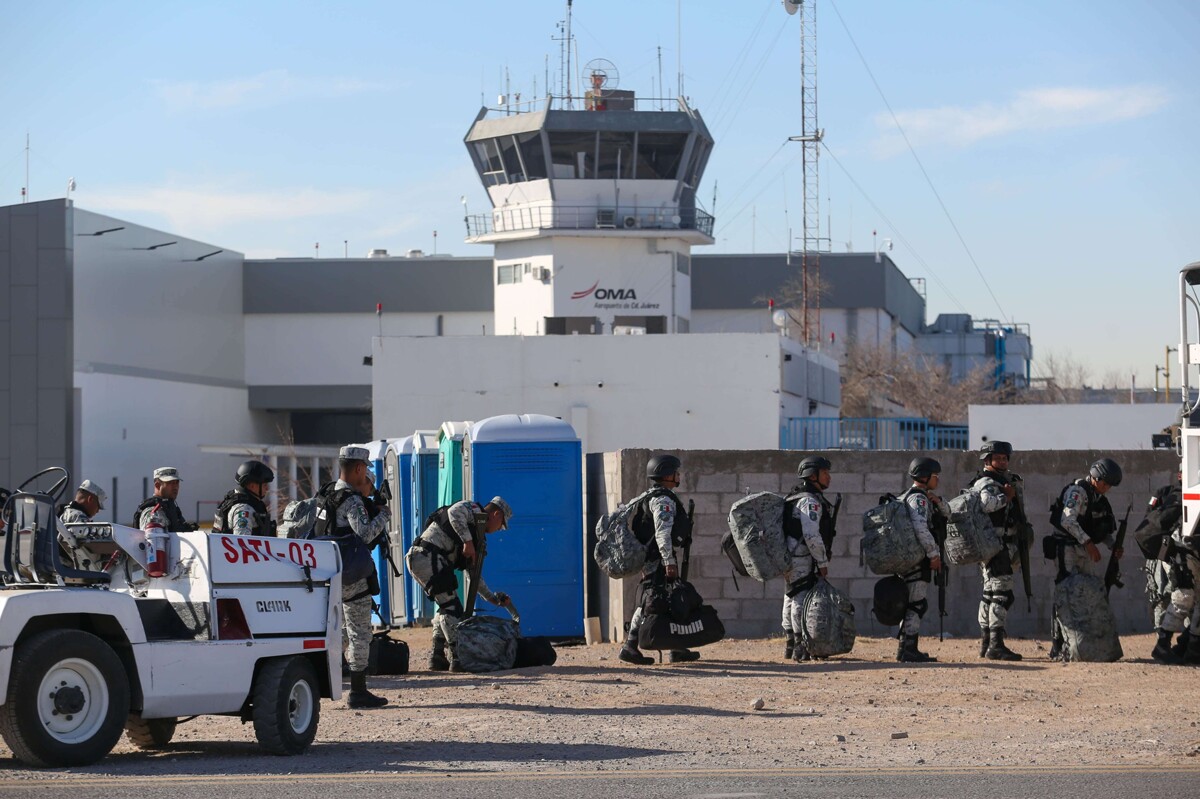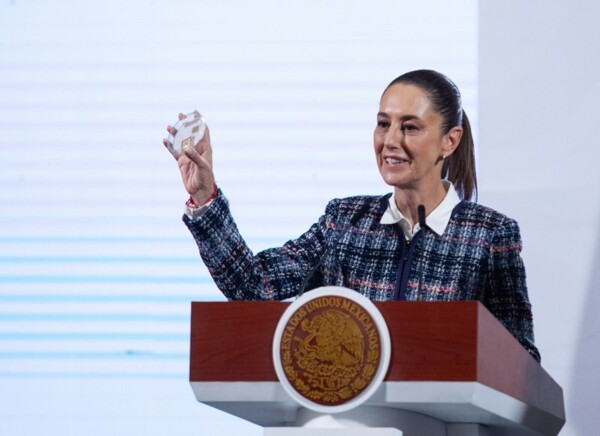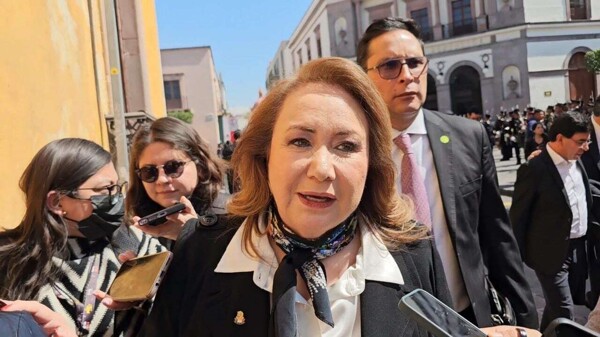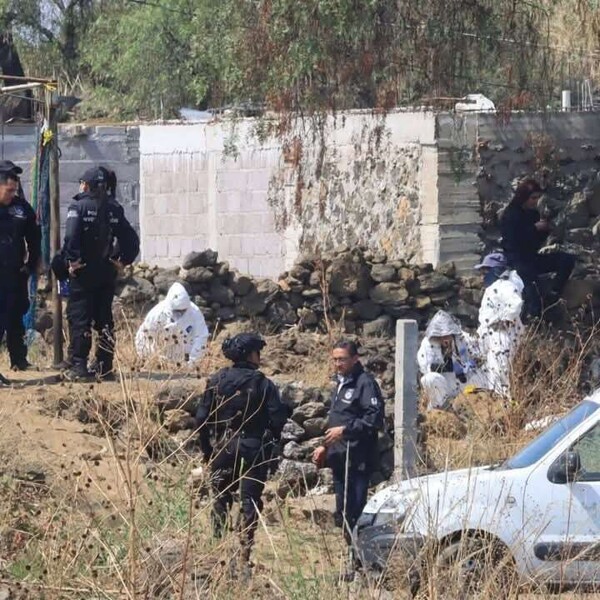
Mexico deployed 10,000 additional troops at the northern border to address the migration crisis. Despite having met previous demands, Mexico had to make further concessions in the face of the threat of tariffs. In contrast, El Salvador managed to negotiate an agreement with Trump that provided concrete benefits in exchange for accepting deportees of any nationality and receiving financial support for its prison system.
President Bukele turned his security model into an important part of Trump’s strategy, securing resources and political backing. Meanwhile, Mexico has taken on similar responsibilities without receiving additional economic benefits. El Salvador has shown that migration can be a negotiable asset.
Despite Mexico’s efforts, such as the reinstatement of "Remain in Mexico" and the mobilization of the National Guard, Trump threatened to impose a 25% tariff. Although this reduced migration in the short term, the United States did not offer any economic support to Mexico.
Since 2014, Mexico has acted as a migration containment for the United States without demanding reciprocity. Under U.S. pressure, Mexico has implemented programs to control migration flow. Despite efforts, Trump could continue to demand more concessions from Mexico without offering compensations.
In contrast to El Salvador, which knew how to negotiate its position, Mexico has accepted unilateral impositions without demanding tangible benefits. The country must impose its own conditions before submission results in higher costs. Mexico has taken on the migration crisis as if it were its exclusive responsibility, while other countries have gained benefits by negotiating with the United States.
The Mexican government still has room to change its strategy and stop yielding without conditions. Each time it has faced threats of tariffs or trade blockades, Mexico has reacted without imposing its own conditions. Given the uncertainty over the elimination of the 25% tariff and potential future pressure from the United States, Mexico needs to review its approach to managing the migration crisis.














